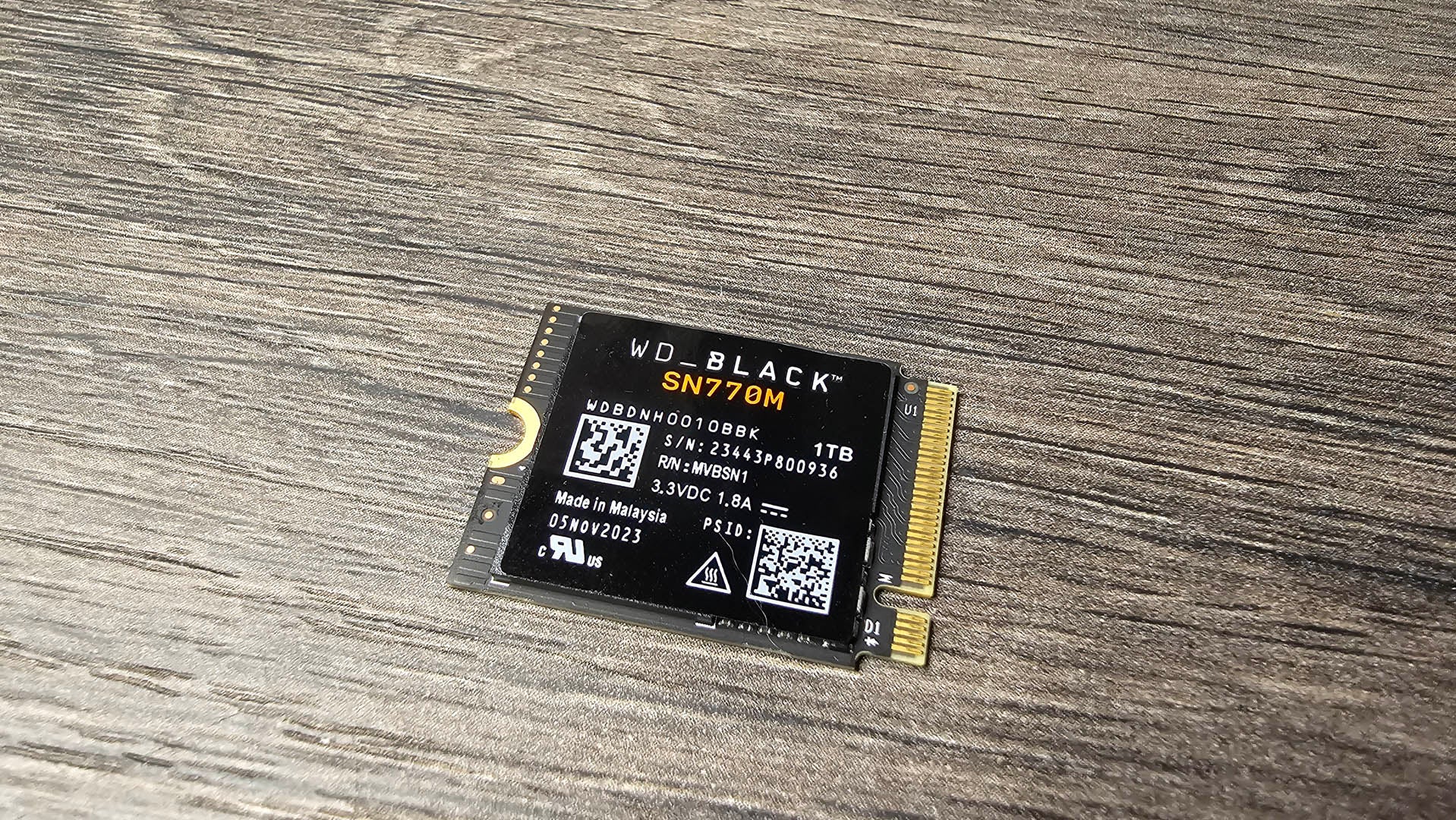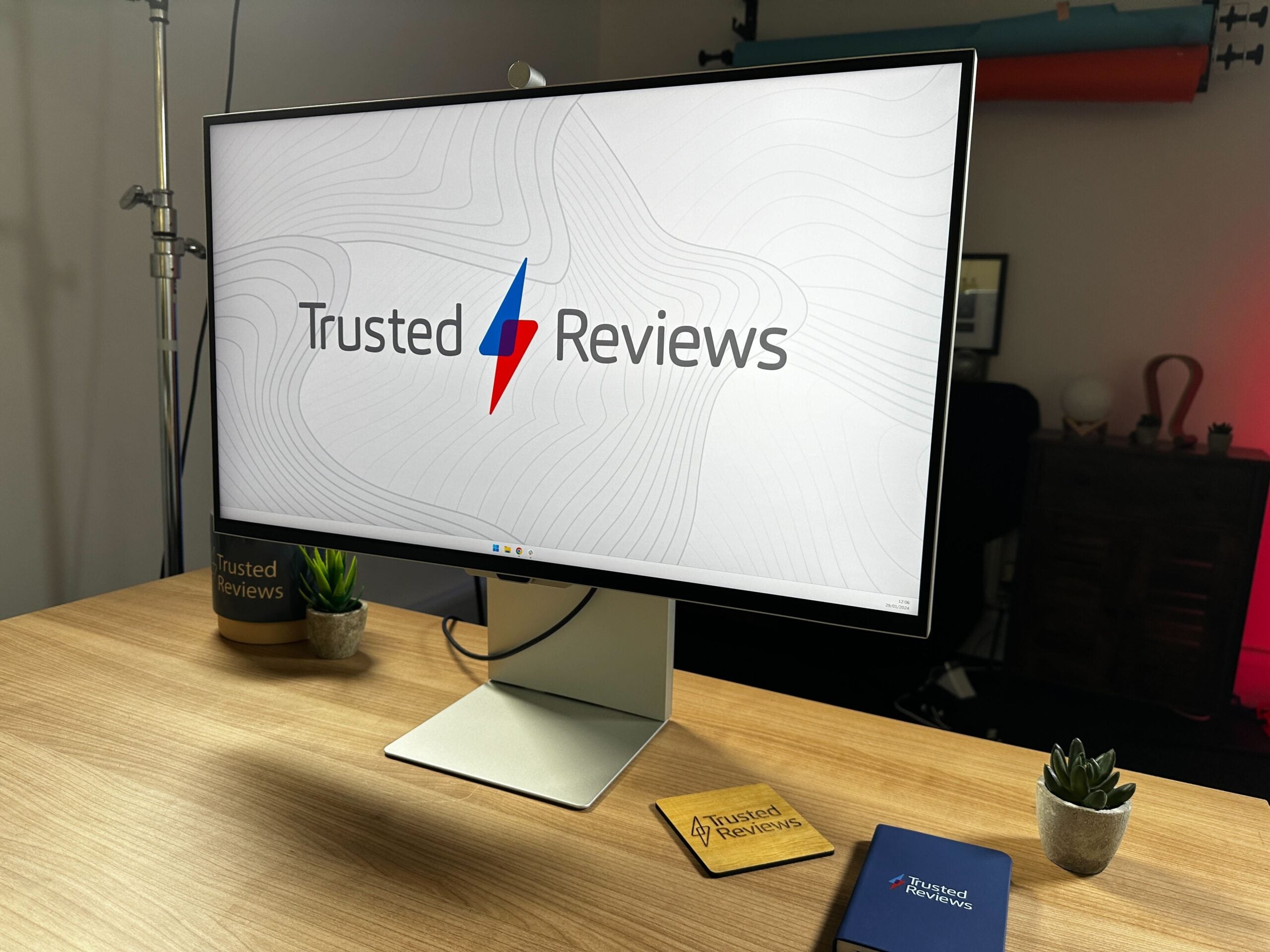Razer DeathStalker V2 Pro Review
Now tested with clicky, optical switches
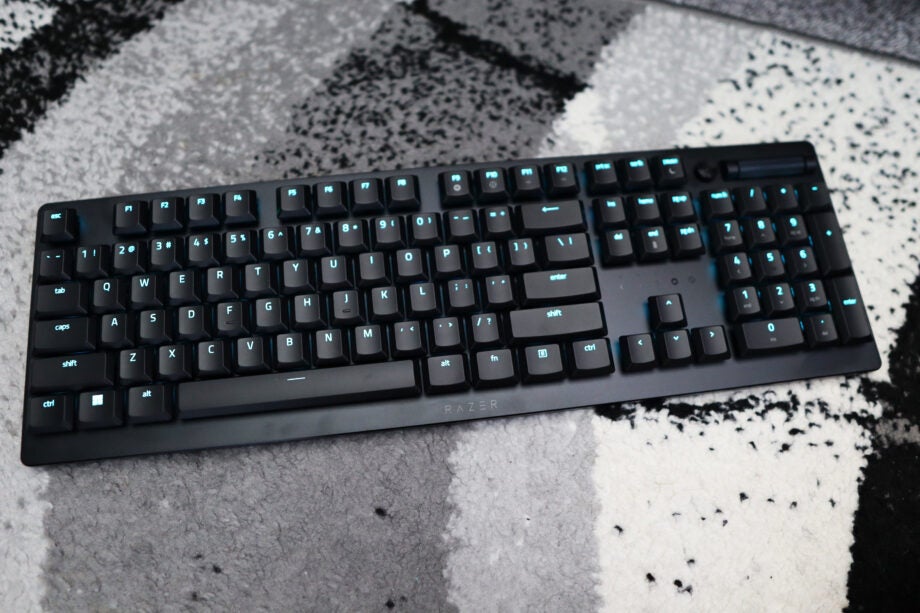
Verdict
The Razer DeathStalker V2 Pro is a middling low-profile gaming keyboard. It’s immensely well built, with a minimalistic and refined aesthetic that looks excellent, while the battery life is great and the wireless connectivity is more than just convenient. However, its low-profile optical switches don’t feel nearly as nice as those from competitors, which is arguably a deal-breaker – not least for such an expensive keyboard. The linear options feel snappy but damp, and the clicky ones don’t have as much tactility as I’d like. If you want to try low-profile switches, you may be better off looking at the rest of the competition.
Pros
- Great looks
- Incredible build quality
- Fantastic battery life
Cons
- Expensive
- Mushy switches
Availability
- UKRRP: £249.99
- USARRP: $249.99
Key Features
- Razer Linear Red Low Profile Optical Switches:The DeathStalker V2 Pro features Razer’s low-profile optical switches with a light 45cN actuation force
- Dual modes of connectivity:It can also connect via Bluetooth 5.0 or Razer’s HyperSpeed USB dongle
- Razer Chroma RGB:The DeathStalker V2 Pro also has Razer’s immense Chroma lighting and support for Synapse 3 software.
Introduction
The world of low-profile gaming keyboards has been growing over the past few years, and Razer has finally thrown its hat into the ever-widening ring with its DeathStalker V2 Pro.
The new Razer wireless keyboard is a powerful offering, with a choice of either snappy linear red or clicky purple low-profile switches (both of which I’ve had the pleasure of testing), excellent build quality and the usual bonus of Razer’s typically brilliant Chroma lighting.
This all comes at quite the cost, however. The DeathStalker V2 Pro is one of the most expensive gaming boards out there today, at $249.99/£249.99, sitting alongside the ROG Claymore II from Asus, and above Logitech’s G915.
Design
- Incredible build quality
- Metal construction
- Refined aesthetic
The Razer DeathStalker V2 Pro is in keeping with the company’s more modern design direction, offering a refined aesthetic compared to some other gaming keyboards out there. There’s no doubt it looks great, with a slim stature and sturdy frame that features no deck flex at all.
Nothing about the DealthStalker V2 Pro actually screams that it’s a gaming product, at least when you don’t have the RGB lighting on. There’s barely anything to tell you it’s a Razer keyboard, with no snake-shaped insignias present – the only real indicator is the small ‘Razer’ lettering beneath the bottom row of keys
You won’t find any macro keys here, but there is a simple set of multimedia offerings with a decent-feeling volume wheel and one singular button for controlling media playback.
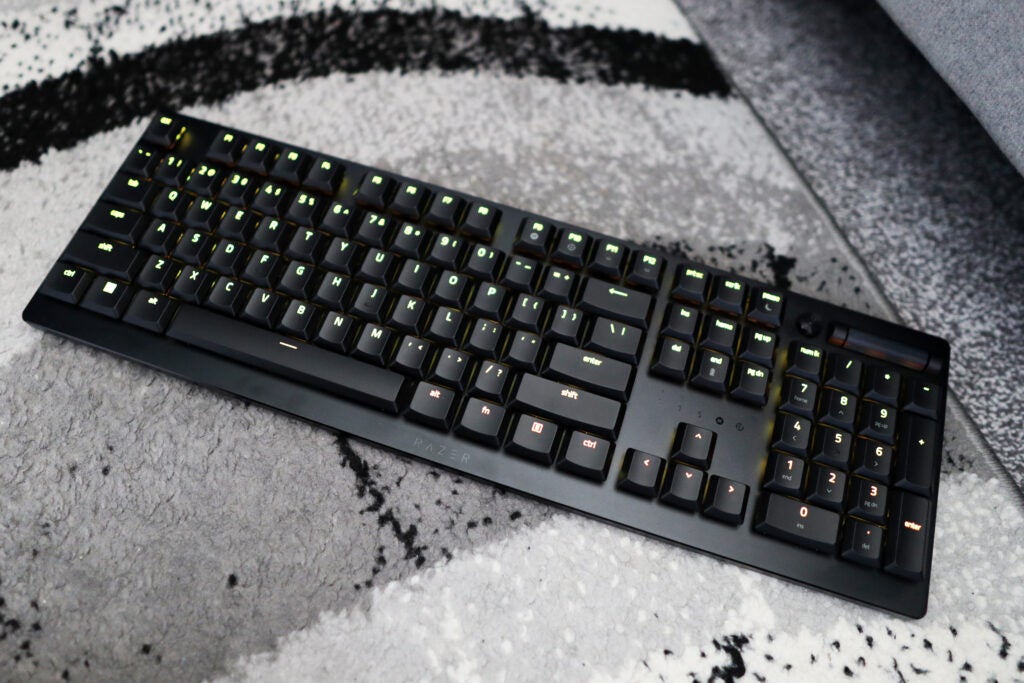
The Razer keyboard looks minimalistic and wouldn’t look out of place in either a gaming den or an office. The deck is quite slim around the edges, meaning it won’t take up as much desk space as a standard full-size keyboard, either.
The interface on the top-side of the DeathStalker V2 Pro is at least plentiful with three buttons to swap between devices on the fly, as well as a USB-C port for charging. It’s a good use of the space that you rarely see being used to its full potential.
The keycaps here aren’t PBT, but made of the cheaper ABS plastics, and are at least laser etched, so those nice legends won’t ever wear off. They feel smooth under finger and seem durable, although for such an expensive board, PBT would have been a mark of quality.
Performance
- Switches feel a smidgen mushy
- Dual connectivity is excellent
- 40 hours of battery life ensures oodles of playtime
The main motivation for buying a low-profile gaming keyboard is for its shorter key travel and generally snappier switches. Razer has aimed to go the whole hog with the DealthStalker V2 Pro by bundling it with opto-mechanical linear switches.
The ones here don’t actually feel too good, to be truthful. Where actual MX Low Profiles from Cherry and the GLs from Logitech feel substantial and satisfying to press, the DealthStalker V2 Pro’s Reds feel hollow, and almost ‘wet’ in their keypress.
They aren’t as smooth as the competition, and arguably feel more akin to the older FTSC actuators found in Cherry’s older G81 series of keyboards than full on mechanicals. In testing them out in some rounds of CS:GO, the DealthStalker V2 Pro felt responsive, although I couldn’t help but feel a little let down by its switches.
Razer also sent over a version of the DeathStalker V2 Pro with its clicky, optical switches for me to test, and in all honesty, the experience is only marginally better. The switches don’t feel as mushy as the linear reds, but there’s only a small ounce of tactile feedback compared with a full-sized keyswitch. This isn’t Razer’s fault by any means but more to do with the existence of low-profile clicky switches. Usually, you get a good degree of tactility over a full keypress, whether it’s in the form of an audible click or a small bump. But over low-profile switches, which usually half the total travel distance compared with normal switches, that tactile feeling and response seems also halved.
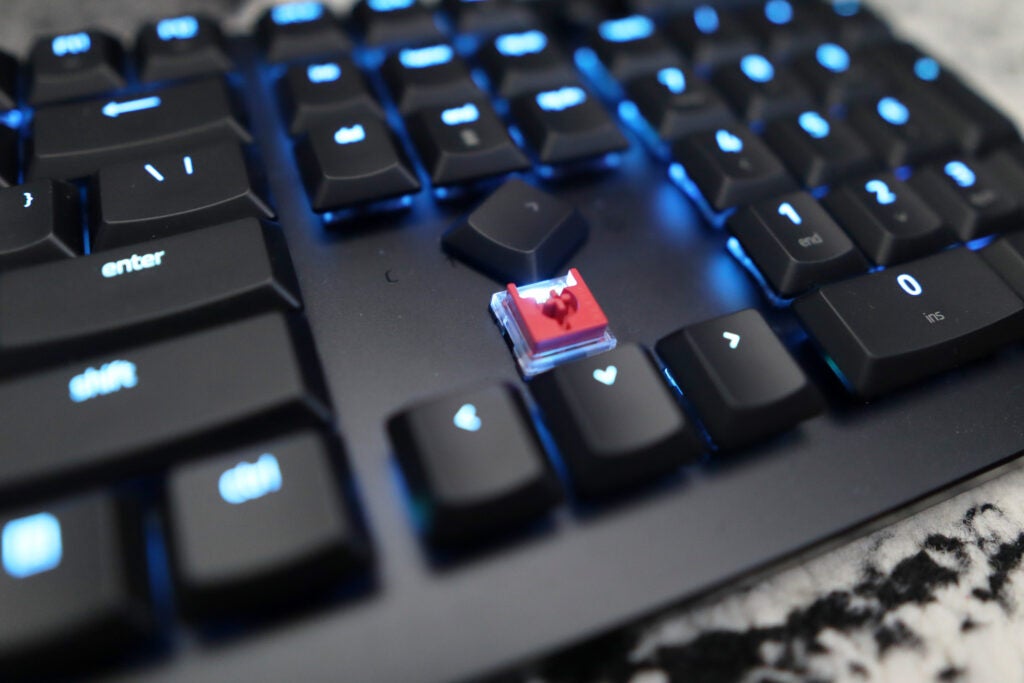
A 50cN actuation force also makes these only marginally heavier than the 45g linear switches, which is a little light for me when it comes to non-linear switches. Usually, I type on keyboards with either 55g or 65g of force, as I prefer a heavier, tactile keypress. Moving to the DeathStalker V2 Pro from those was a little fiddly, but that’s more down to my personal preferences. If you’re moving from a lighter-switch keyboard, it shouldn’t feel too different, apart from the shorter travel and the audible click on offer.
On the bright side, the fact Razer’s low-profile candidate can connect by both the HyperSpeed dongle and Bluetooth is excellent, and having the powers to work on up to 3 devices at once is a godsend for power users, or those who just want to have one keyboard for multiple devices. In testing, the switching was seamless and there was no observable latency in playing games on my PC, especially over Razer’s HyperSpeed technology via USB dongle.
A quoted 40 hours of battery life here is also on par with the competition, with the Chroma lighting set to half way. This means you’ll be able to get a working week’s worth of gaming in before you need to think about charging it. When you do need to charge the DeathStalker V2 Pro, it connects up by USB-C, and from then on, you can use this keyboard as more of a traditional wired offering, if you so wish.
Software and lighting
- Vivid Chroma lighting
- Synapse 3 is as functional as usual
The Razer DeathStalker V2 Pro certainly impresses on the front of software and lighting, opting for the tried-and-tested combo of Chroma lighting and Synapse 3 software.
The lighting is as vibrant as usual, cycling through a spectrum of colour by default when switched on. It doesn’t feel underpowered or dim at all, offering one of the best lighting engines available on a range of keyboards today.
As for the software, Synapse 3 remains as functional as ever. With options to fiddle with macros, program functions and change the lighting via a range of bundled and custom modes, you can customise the DeathStalker V2 Pro until your heart’s content.
Latest deals
Should you buy it?
You want sleek looks:
The Razer DeathStalker V2 Pro is a fantastic looking keyboard, especially given its slim stature and minimalistic aesthetic
You want smooth switches:
While the DeathStalker V2 Pro comes with linear optical low-profile switches, the ones here feel scratchy and mushy. For more substantial inputs, you may wish to look at options from Logitech and Cherry instead.
Final Thoughts
I had high expectations for Razer’s attempt at a low-profile gaming keyboard, given the excellent quality of other premium options from the company. However, the Razer DeathStalker V2 Pro fails to live up to expectations due to one issue: its switches.
Taking the linear options first, while they are responsive, I couldn’t help but find them scratchy and mushy. The clicky ones, with an ever-so-slightly heavier force, felt a little better, although there wasn’t too much in the way of tactility. It’s such a short keypress that it becomes difficult to offer more of a prolonged sense of tactility and resistance compared with full-sized switches. To boot, optical switches traditionally seem to feel hollow compared to their properly mechanical counterparts, which doesn’t help matters. That’s a major issue, considering the high price of the peripheral.
Having said that, this is still a fantastically well built product that looks excellent. If you’re desperate for a low-profile opto-mechanical keyboard, it’s a decent option. But I’d recommend looking at the likes of the Logitech G915 Lightspeed instead.
How we test
We use every keyboard we test for at least a week. During that time, we’ll check it for ease of use and put it through its paces by playing a variety of different genres, including FPS, strategy and MOBAs.
We also check each keyboard’s software to see how easy it is to customise and set up.
Spent at least a week testing
Tested the performance on a variety of games
Compared the build quality with similar priced keyboards.
FAQs
Yes, it has the classic RGB lighting offering from Razer.
Yes, the Deathstalker uses opto-mechanical linear keyboard switches.


